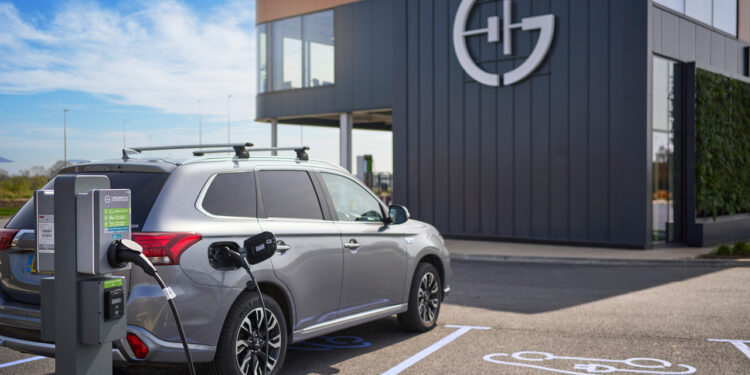As the automotive industry evolves, the debate between gas and electric vehicles continues to gain momentum. Plug-in hybrids have emerged as a solution that merges the benefits of both gas and electric power, offering a practical and versatile choice for many drivers. If you’re considering a Plug-in Hybrid Vehicle, understanding how these vehicles bridge the gap between traditional gas engines and electric power can help you make an informed decision. This article explores the unique advantages of Plug-in Hybrids and why partnering with the right EV Dealer can enhance your buying experience.
The Best of Both Worlds: What is a Plug-in Hybrid?
Plug-in Hybrid Vehicles (PHEVs) combine a traditional internal combustion engine with an electric motor and battery. Unlike standard hybrids, which charge their batteries through regenerative braking and engine power, PHEVs can be charged from an external power source. This means they can run solely on electric power for shorter trips, while the gas engine kicks in for longer journeys, providing greater flexibility and range.
How Plug-in Hybrids Maximize Efficiency
- Electric-Only Driving: One of the main benefits of Plug-in Hybrids is their ability to operate on electric power alone for a significant portion of daily driving. This allows drivers to reduce their fuel consumption and emissions, especially for short commutes and city driving. The electric-only range of a Plug-in Hybrid varies by model, but many offer sufficient range to cover most daily driving needs.
- Extended Range: For longer trips or when the battery is depleted, the gas engine automatically activates to provide additional range. This hybrid approach eliminates the “range anxiety” often associated with fully electric vehicles, making Plug-in Hybrids an excellent choice for those who need the flexibility of long-distance travel without frequent recharging stops.
- Fuel Efficiency: By combining electric power with a traditional engine, Plug-in Hybrids can significantly improve fuel efficiency compared to conventional gas-powered vehicles. The ability to switch between electric and gas power ensures that drivers benefit from reduced fuel costs and lower greenhouse gas emissions, especially when the vehicle is predominantly used for short trips.
- Reduced Emissions: Plug-in Hybrids help lower overall emissions by allowing drivers to use electric power for short trips. Even when using the gas engine, the overall emissions are typically lower than those of conventional vehicles due to the vehicle’s ability to switch seamlessly between power sources.
Choosing the Right EV Dealer for Your Plug-in Hybrid
When considering a Plug-in Hybrid Vehicle, partnering with the right EV Dealer is essential. A knowledgeable dealer can provide valuable insights into the different models available, help you understand the benefits of Plug-in Hybrids, and assist in selecting the vehicle that best suits your needs. Look for a dealer with a strong reputation in the EV market and a commitment to customer satisfaction.
- Expertise and Selection: A reputable EV Dealer will have a thorough understanding of Plug-in Hybrids and their advantages. They should offer a range of models and provide detailed information to help you make an informed choice.
- Transparent Pricing: Ensure that the dealer offers clear and transparent pricing, including any potential incentives or rebates for Plug-in Hybrids. This will help you avoid unexpected costs and ensure you get the best value for your investment.
- After-Sales Support: Reliable after-sales support is crucial for maintaining your Plug-in Hybrid. Choose a dealer who offers comprehensive maintenance services, warranty coverage, and access to replacement parts.
Conclusion
Plug-in Hybrid Vehicles are an excellent choice for those looking to bridge the gap between gas and electric power.






